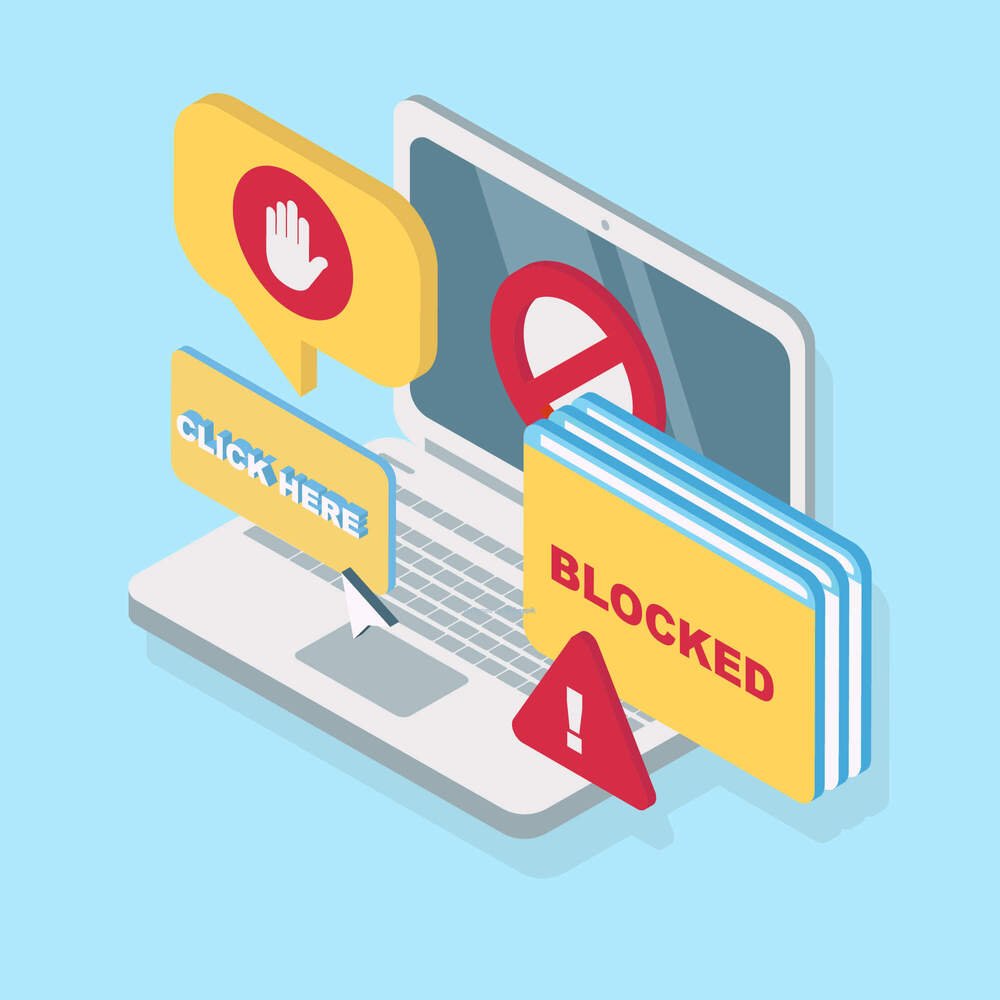 Home >
Home > 
Users’ demand for control led to Ad Blocking, but Ad Blocking is not control
At Stands we’re building a fair ad blocker because we believe that ads are the right currency for the web. It may seem like statement contradicts itself, but read on to see why it doesn’t.
The reason users use Ad Blockers is not necessarily because they hate ads or that all ads are horrible. Users are bombarded with too many ads, too often ads take up more space than actual content or even hide content, they slow down web pages, risk your privacy, and even sometimes used to infect browsers with malware and viruses.
To deal with that, users sought control and found Ad Blockers. It used to do a decent job at answering the basic requirements mentioned above, and it seemed to be a good solution. But it can’t be a good solution if the adoption of ad blocking by the masses will lead to it’s demise. The problem it creates becomes obvious with millions of ad-blocking users - how are websites going to earn a living?
Armed with that knowledge we’ve set out to create a model that gives users the control they need - but without eliminating website’s ability to use ads to keep the lights on. How? We think control is about one’s ability to shape the web experience, not to black out everything, and the tool we’re building is focused on shaping that experience by controlling the online ads’ value chain.
We put users in the center, giving them both the power and the control over how ads are delivered and used in their browser. To ensure users have the flexibility to fine tune the experience, we divide control into 3 areas:
- What you block - what types of ads you block.
- What you accept - what types of ads you accept.
- How to use ads - how you use the value generated by the ads you accept.
What you block - what types of ads you block
We provide basic and advanced blocking controls, giving users the ability to specifically allow or block certain types of standard content related to ads: regular ads, pop ups, malware, and trackers.
Additionally, users can block more specific ads of certain kinds, such as: Webmail ads, Search ads, Facebook ads, and Sponsored stories.
Part of controlling the experience is being able to see, at all times, what's the impact of your decision on what to allow or block. We've build a dedicated dashboard where users can see all the stats in real time:
What you accept - what types of ads you accept
After users have protected themselves from what they don’t like, it’s time to be fair to the websites and content creators - and allow a few clean ads to run and sponsor them.
To facilitate that, Stands creates a safe environment where ads can exist while enhancing the user experience and maintaining privacy:
- The number of ads allowed is always controlled by the user.
- Ads are limited in their formats to only the less intrusive rectangles, and are placed alongside content in the original placements the websites have designated, so to not interfere with content.
- Ads are carefully curated to ensure the best ad experience.
- Ads are screened for malware and malicious content.
- Ads are limited in their ability to track users activity over time - to ensure privacy.
- Ads are only loaded after the page’s content has finished rendering - so they don’t slow down the web page.
To cater to users with different tolerance to ads, we provide the ability to choose number of ads on any given page, ranging from 0 to 6 ads.
Noticeably, users can still choose 0 (or disable this feature), but most don’t, with over 90% of users choosing to allow 4 or more ads.
How to use ads - how you use the value generated by the ads you accept
The premise we rely upon is that in any transaction, all parties need to be respected and gain something from. We believe users who accept ads are in a way “selling” their attention. In return, they are entitled to decide how the money paid for their attention is being used.
We hope our users agree that paying the websites for their content is the of paramount importance, but we wanted to find a way to benefit users themselves, too.
For us, the way achieve this was by designating 25% of all income from ads to a cause selected by the user. This both prevents fraud, because users don’t benefit directly and have no incentive to defraud the system, but more importantly, it allows us, as people, to get behind important causes and drive significant change, and to do that by using value we create by making the right choice online.